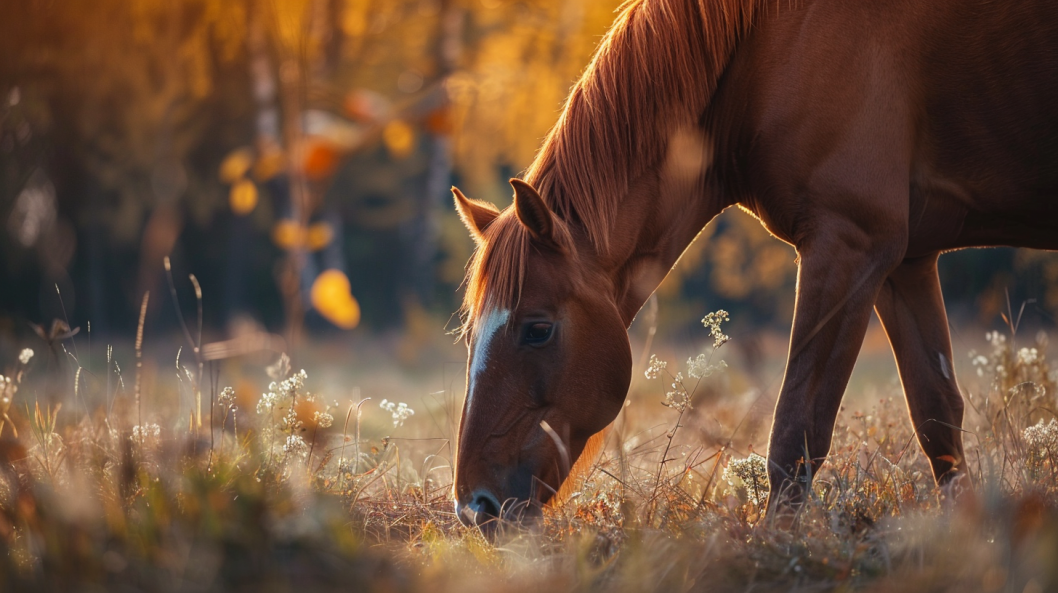Are you thinking about buying a horse? Considering the expenses of maintaining and feeding this majestic animal is crucial, as it entails a lifelong commitment. As the saying goes, the initial purchase isn’t costly—the upkeep adds up. So, how much does it cost to feed a horse? Calculating the average cost of horse feed can be tricky due to regional and seasonal differences. This article provides a detailed cost guide to give you a clearer picture of the costs of feeding a horse.
Feeding a horse is a critical aspect of ownership and comes with costs and considerations. I often wondered, “How much does it cost to feed a horse for a year?” Feeding a horse involves more than just providing hay and grain; it’s about ensuring their nutritional needs are met for optimal health and performance. When I started owning horses, I was surprised by the amount of thought and planning that goes into their diet. Through these experiences, I realized that while feeding a horse requires a steady financial investment, the rewards of a healthy and vibrant horse make it a valuable part of horse ownership.
So, what are the expenses involved in feeding a horse in a year? Based on a survey of 82 horse owners, feeding hay and grain to horses can average about $1,214 over nine months, with additional costs for pasture maintenance totaling around $1,405 per year. In addition to hay, horses may require supplemental feed such as grains or concentrates to meet nutritional needs, with costs varying from $10 to $30 or more per bag (American Horse Council, 2023). The grain needed can range from 1 to 6 pounds per day based on the horse’s size and workload. However, these are just some of the costs to consider. If you want to understand the full scope of feeding expenses before adopting, follow along as we break them down step by step.
The Rule of Feeding a Horse
People new to horses might think that horses don’t cost that much because they are known to be vegetarians, hence their nickname “hay burner.” Since grass is abundant and free, this misconception is understandable. However, according to Julie Wilson from Turner Wilson Equine Consulting LLC, most adult horses consume 1.5-2% of their body weight daily in grass or hay. For instance, a 1,000-pound horse could eat up to 2.7 tons of feed yearly.
Moreover, horses often need additional calories to supplement their forage, increasing nutritional costs. Pregnant mares, growing foals, and horses with conditions like metabolic syndrome or dental issues have specific dietary needs, leading to higher feeding expenses. So, how much does it cost to feed a horse? Let’s explore this further and briefly overview the estimated costs for horse feeds below.
Horse Feeds and Their Estimated Cost
Hay
Hay plays a vital role in a horse’s diet because it is said to be the swiss-army-knife in the horse’s world. You can use it to feed your horse, providing fiber and low-calorie nutrients that your horse can’t get from greens. Hay has two categories: grass and legumes, but most horse hay comes as a mixture of the two. But just like any other feed, it must be in moderation.
The best choice for adult horses and horses with a lesser workload is grassy hay because it has low-calorie nutrients that can satiate your animal companion. A half bale of hay typically costs around $3-$10 per day, depending on the area, but your horse may need more than half a bundle in a single day.
Green grass and Legumes
Your pasture must be high quality to give your horse the most nutrients their body needs. Yes, not all green means “good.” Legumes like clover that offer natural protein must be in moderation because too much high protein in their diet can lead to nutrient toxicity that can cause severe problems for your horse. You also need to control the access to green grass because too much green can lead to problems like laminitis, and if not digested properly, it can cause colic.
Grains
Feeding your horse with grains depends on its nutritional needs and climate. Some owners prefer to give grains during winter to help adult horses restore the calories they lose in keeping themselves warm during the cold season. As for younger foals, hay feeding is usually sufficient because it contains fiber that helps them retain their internal heat.
Equine Supplements
If you’re a new horse owner and worry that your horse may suffer from nutritional deficiency, you may want to add supplements to its diet. However, it would be best to consult a veterinarian before deciding. Here’s a guide if your vet decides a supplement is necessary.
Alfalfa
Alfalfa hay is a high-protein legume and a good source of calcium, which can meet the nutrient needs of foals with insufficient milk, lactating horses, and those who suffer from Equine Metabolic Syndrome (EMS). It can be a wonderful treat for adult horses. It should be given occasionally because it exceeds the nutrient requirements of horses in some stages, and it’s unsuitable for overweight or insulin-resistant horses. Its cost averages at $165.
Joint supplements
There is much research on joint supplement’s effectiveness on horses. Based on evidence, most supplements that contain hyaluronic acid reign supreme, and glucosamine chondroitin sulfate is said to effectively reduce inflammation in the horse’s joints. It also promotes cartilage growth, benefiting horses suffering from chronic joint pain. The prices of these supplements vary depending on the amount and brand. Consulting your horse’s veterinarian is recommended before giving a joint supplement for horses to confirm it is necessary.
Annual Cost to Feed a Horse
As mentioned above, the cost of feeding a horse varies depending on location and the season. A hay bale usually costs around $5-$10 per square bale. You can expect additional expenses if you grain to feed your four-legged companion and provide supplements, depending on their nutritional needs.
According to a survey conducted by the University of Maine, with 82 horse owners, 470 horses, and an average of 6 horses per owner that weighs 1100 lbs, the average amount of hay and grain they can consume in 9 months can cost around $1,214. Pasture maintenance costs $194; additional expenses can rise from $1,405 to $2,000 annually. That means an average of $140-167 per horse.
Money-Saving Tips on Horse Feed
Keeping and feeding a horse can cost a lot, but don’t worry. Here are some tips to help you ease the cost a little.
- You can also impose a slow-feeding system. This will save you money and help teach the horse not to overeat.
- If you have land where your horse can access and graze on the pasture, living and settling down would be best because it can help significantly trim the cost without compromising the horse’s nutrition.
- Like any other product, you can typically save money buying it in bulk. However, you must ensure that the large quantity of hay will be appropriately stored and protected from the weather to avoid ruining it. If you have friends who own a horse, you can split the big order to save costs.
- Another way to save some bucks is to drive out to the hayfield and get the hay out of the field if possible. If the farmers don’t have to handle and deliver it for you, they might be willing to cut the cost.
Feeding a horse can be a significant but manageable expense with careful planning and budgeting. You can make informed choices that keep your horse healthy and content by understanding the various components of a horse’s diet—such as forage, grains, and supplements. To ensure you meet your horse’s specific nutritional needs, maintain cost-effectiveness, and answer the question “How much does it cost to feed a horse,” it’s wise to consult with a veterinarian or an equine nutritionist who can provide tailored advice and help you develop a balanced feeding plan.





